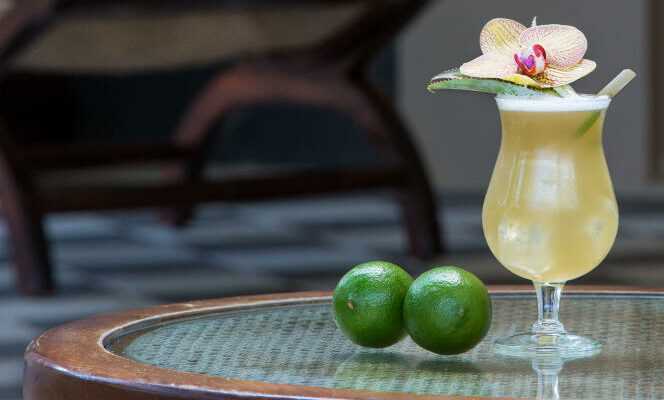Reunionese rum has long been appreciated only “arranged”. A way to enjoy the wonderful variety of fruits, plants and spices from the Indian Ocean, which families on the island have always loved to infuse in white rum with a little cane syrup. It is also a way of admitting that the local eau-de-vie was not enough on its own, far from the prestige of the rums of its West Indian cousins. But no more complexes! Driven by the ambition of distilleries – Isautier, Rivière du Mât, Savanna – aware of the potential of their territory and of the international boom in tasting rums, Reunion is finally carving out a place for itself in the aristocracy of spirits.
This qualitative delay could be surprising, as the spectacular landscapes of the former Bourbon Island are punctuated by the undulating density of the fields of “honey reeds”. Nearly 3,000 planters cultivate more than 22,000 hectares of cane, or 54% of the agricultural area of the volcanic confetti of the Mascarenes. A production much higher than that of Martinique (4,100 hectares) and Guadeloupe (13,000 hectares). A paradox that can be explained… by the smell.
When, at harvest time, the West Indian distilleries begin to “smoke”, the air smells of the floral scent of fermented cane juice. During cups from the southern hemisphere, those from Reunion fill the air with notes of licorice and caramel. Because, if in Martinique and Guadeloupe, the cane is cultivated almost exclusively to produce rum, qualified as “agricultural” because resulting from the fermentation of the juice of the freshly pressed stems, the Reunionese production is devoted first of all to sugar (200,000 tons annually, supplying 80% of the European market).
At the end of the crystallization process, the two sugar factories on the island, that of Gol, in Saint-Louis, in the south, that of Bois-Rouge, in Saint-André, in the north, thus supply molasses , a non-crystallizable residue from the manufacture of sugar, to the three distilleries, which ferment this black, viscous liquid before distilling a so-called “traditional” or “candy” rum. “The West Indians are chasing us saying that we are working on a by-product, laughs Jean Grondin, cellar master of Rivière du Mât. This is to forget that 95% of rums in the world are molasses rums. » Among which the best wines from Barbados, Jamaica, Cuba, Central America…
It was still necessary that those of Reunion move upmarket and find their identity. Not easy when you know that Charrette, the most popular brand on the island (more than 80% of the bottles consumed), also star of the large metropolitan distribution, blends white rums from the three distilleries. The bottle with a cane cart pulled by an ox is the most used for kalou (the Reunion ti’punch) and macerations of mango, passion fruit, kaffir lime, vanilla, which make up the infinite range of arrangements.
You have 68.48% of this article left to read. The following is for subscribers only.
